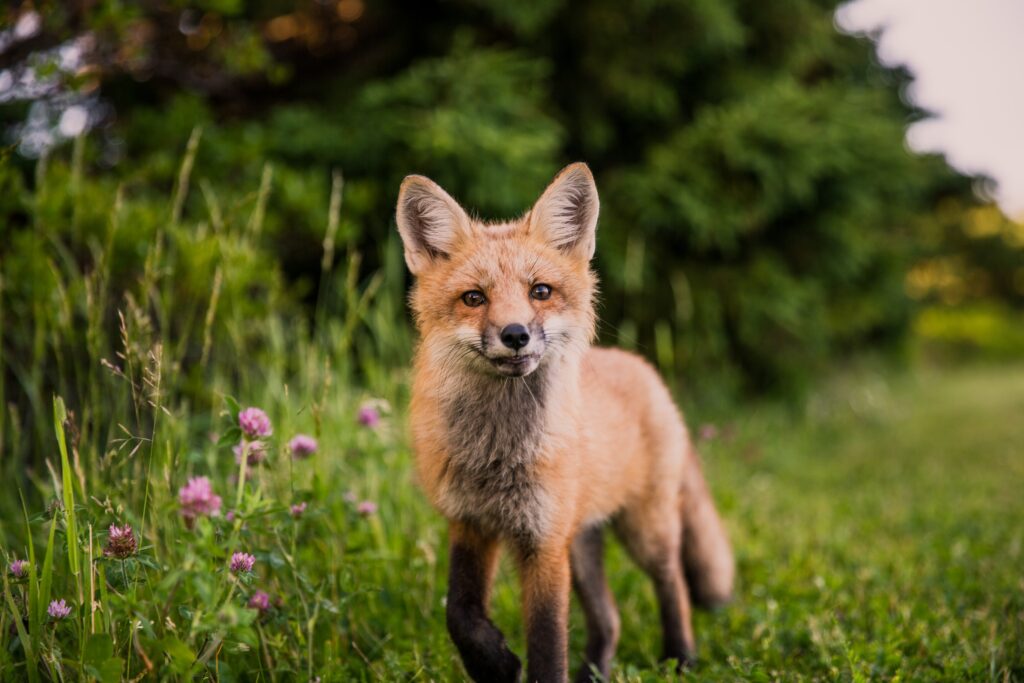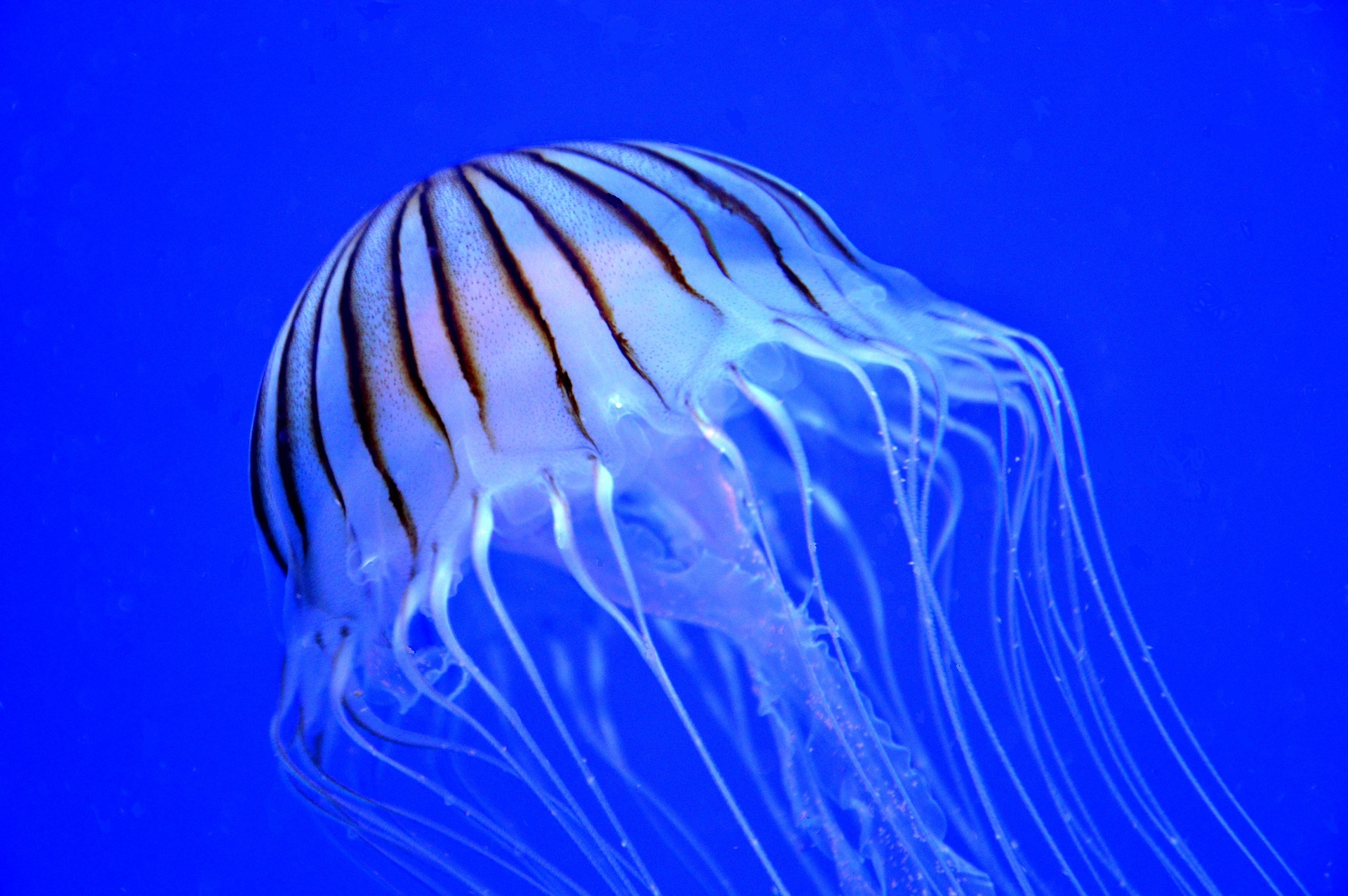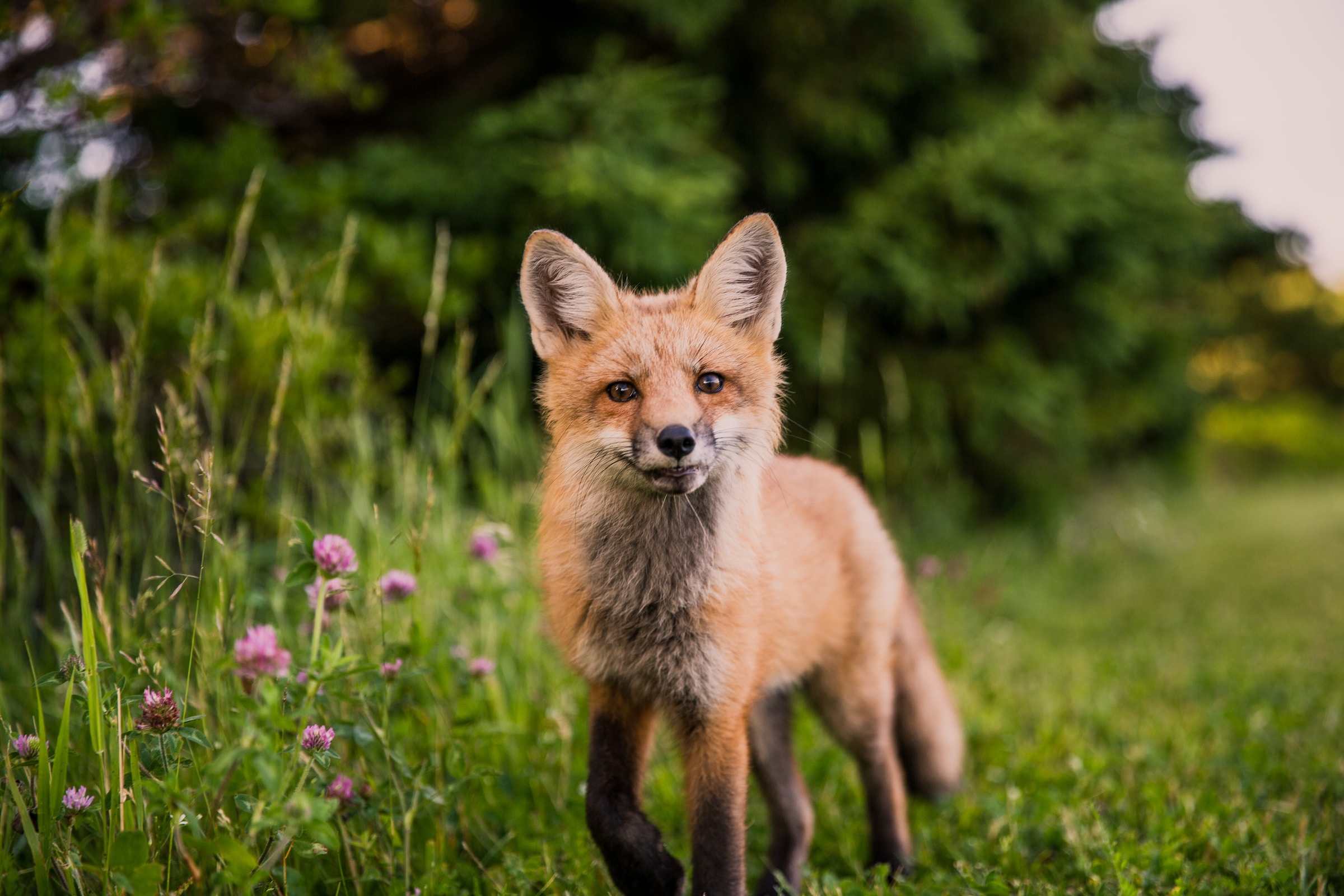Biodiversity and Climate Change

Climate change will have significant impacts on the natural world, food webs and nutrient cycles. As temperatures increase and precipitation patterns change, there will be many changes in the ecosystems which provide habitat for the flora and fauna of New Brunswick.
What are the concerns with biodiversity and climate change?

As the effects of climate change increase, most species will experience shifts in their natural home ranges in the north and at higher elevations. The following factors play a key role in how well plants and animals can adapt to changes in their environment.
Time: Many species can adapt quickly by migrating to more suitable habitat or altering their patterns. Other species, especially plants, require longer periods to adapt. If the pace of change is too quick, extinction becomes a risk.
Genetic variability: Larger populations of a given species are more likely to survive through simple evolution, while endangered species have lower genetic variability.
Availability of alternate habitat: To adapt and survive, many species have to move to more suitable habitat, if available. In an increasingly developed landscape, finding new habitat may be very difficult.
Food sources: A change in temperature affects when animals produce their young, hibernate and migrate, and when plants bloom and fruit. As species adapt at different rates, the likelihood exists that some animals may not be able to find suitable food sources at the right time, causing more stress to the species.
Many species currently listed as Species at Risk will face an increased risk of extinction, and other species not yet on the list may soon be added, due to changes in their habitat.

Some examples include:
Southern twayblade plant: this plant is found in and around bogs and among black spruce. Bogs are at risk of drying up or remaining dry for longer periods.
Prototype quillwort: this plant lives on the bottom of spring-filled lakes, in water that is cool and clear. The coming changes in climate may result in these lakes being shallower, warmer and dirtier.
Piping plover: these birds feed and nest on the gravel-sand beaches of east and south New Brunswick. Increases in sea levels and erosion due to storm surges will result in less beach habitat.
Atlantic salmon: This species requires unpolluted cold streams and rivers for spawning. Dramatic changes in water levels because of alternating droughts and severe storms, plus overall temperature rise, serve to further endanger the salmon.
Pollinators (e.g., butterflies and bees): Pollinators that help produce many of our food supplies may find that changes to flowering seasons do not correspond to their life cycles, resulting in downward spirals for the species.
Protecting more of our landscape is the best possible solution for increasing the chances of survival of the full range of native plants and animals.

In New Brunswick, we need:
- New and larger protected areas, free from development, to provide the safety net to protect ecosystems and wildlife from the combined impacts of climate change, development pressures, habitat loss and pollution. Research indicates that protected areas must be linked by conserved, low-impact corridors that allow north-south movement for wildlife, seed dispersal, and ecosystem processes.
- Management plans for all provincial parks and protected areas, with an emphasis on maintaining ecological integrity and decreasing future development.
- Species-at-risk recovery plans should evaluate the combined impacts of climate change, habitat loss, and pollution with a focus on reducing or eliminating them.
- Protection for coastal habitats such as beaches, salt marshes, cliffs and dunes, must include development-free areas, and buffering against the impacts of development, to provide habitat for native and migratory wildlife, and protection from storm surges and flooding.
French: Defining biodiversity and explaining why it is important to protect it.
This booklet defines biodiversity and explains why protecting it is so important for everyone.

